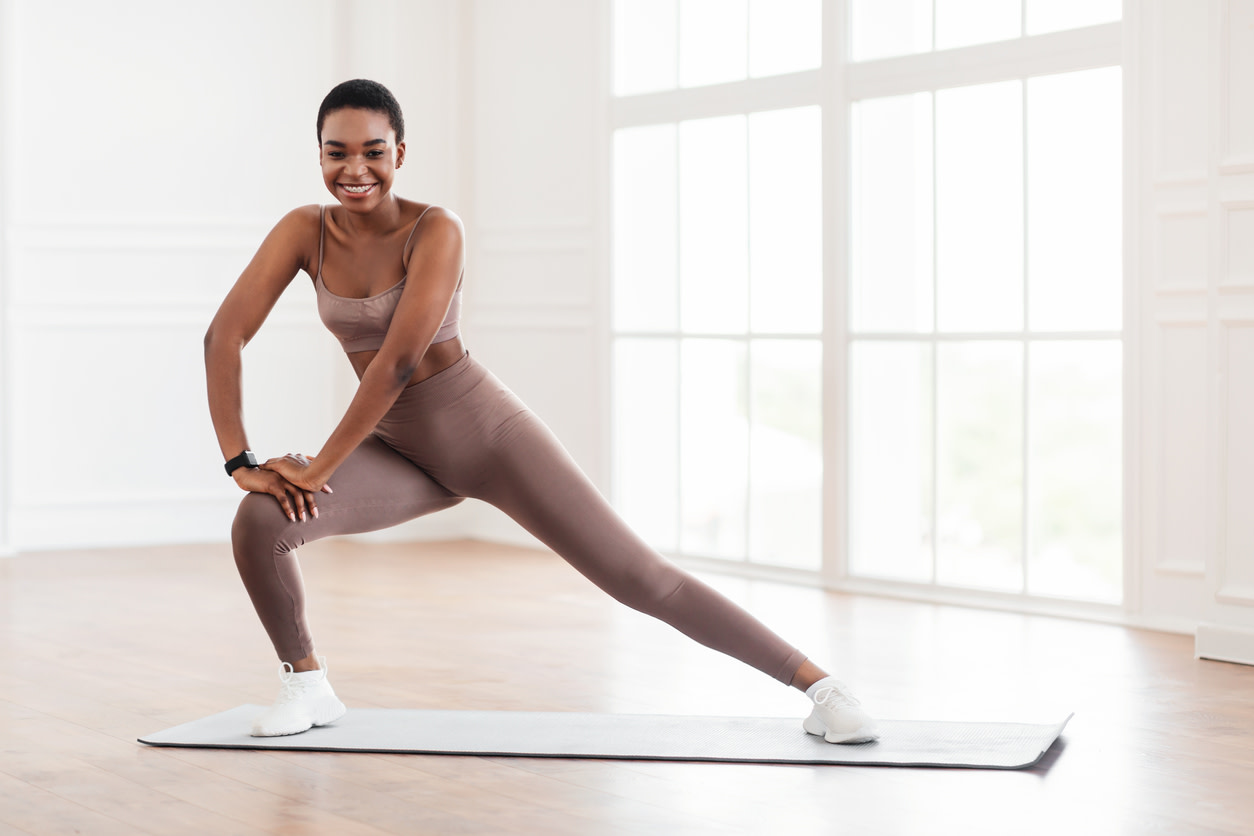6 groin stretches to relieve pain and prevent injuries
Discover how groin stretches can relieve pain and improve mobility with recommendations from physical therapists.
0 $ pour vous
Date de publication : Nov 20, 2024
Table des matières
Fully covered hip pain relief
Find relief from hip pain, buttock pain, hip tendonitis, & more.
Check if I'm eligible